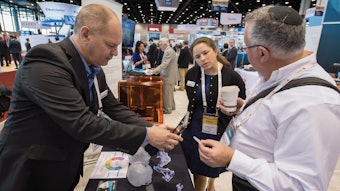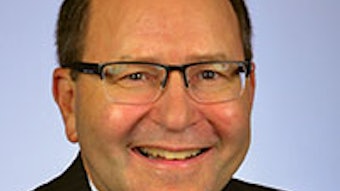Academy collaborates with Anthem to update balloon medical policy
On November 9, 2017, Anthem released an updated balloon sinus ostial dilation (BSOD) medical policy, defining BSOD as medically necessary (rather than investigational) for treatment of chronic rhinosinusitis (CRS) and recurrent acute rhinosinusitis (RARS) when standard criteria are met.
On November 9, 2017, Anthem released an updated balloon sinus ostial dilation (BSOD) medical policy, defining BSOD as medically necessary (rather than investigational) for treatment of chronic rhinosinusitis (CRS) and recurrent acute rhinosinusitis (RARS) when standard criteria are met. This advancement is part of an ongoing advocacy effort with private payers, including Anthem, to foster positive working relationships between Academy leaders, staff, and national medical directors.
The most recent private payer advocacy efforts restarted this past summer, when Anthem requested the Academy assist with its medical policy review. The AAO-HNS Health Policy Team collaborated with physician leaders from the Academy’s Rhinology & Paranasal Sinus (RPS) Committee and 3P Workgroup to develop a comment letter on the BSOD medical policy, detailing concerns with the policy.
The Academy addressed BSOD as the accepted alternative procedure to functional endoscopic sinus surgery for the treatment of CRS in a select subset of patients. Furthermore, the Academy explained that the studies cited in the medical policy demonstrated BSOD as effective at improving systems in CRS and RARS for at least one to two years— a length of time that many physicians would not categorize as short-term.
The Academy also argued that a critique of studies on the basis of their use of SNOT-20 scores was an invalidation of an entire body of literature in the field of rhinology, as such scores were commonly used as the standard in studies in patients with sinusitis.
AAO-HNS also shared the recently updated Position Statement on Dilation of Sinuses, requesting it be reviewed in conjunction with the extensive list of medical literature provided in the references.
Finally, the Academy shared the 13 approved clinical consensus statements on balloon dilation of the sinuses. These were developed by an expert panel of otolaryngologists representing the Academy and otolaryngology subspecialties, and addressed patient criteria, perioperative considerations, and outcomes. To read more, visit www.entnet.org/content/aao-hnsf-presents-new-clinical-consensus-statement-balloon-dilation-sinuses.
This successful medical policy update was a result of years of dedicated advocacy from physicians serving on the RPS Committee and the 3P Workgroup. The Academy is thrilled to see the benefits of collaboration and the positive impact on physician members and their patients.
To read more about these efforts and other private payer advocacy wins, visit www.entnet.org/content/private-payer-advocacy.













